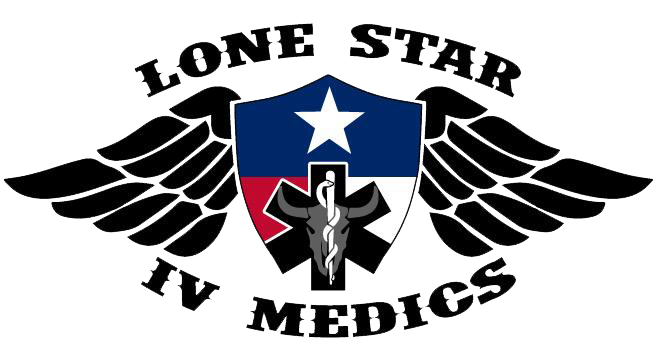
Seven months after the Senate approved legislation that would ease terminally ill people’s access to experimental drugs, referred to as Right to Try, the bill failed to get a two-thirds majority vote in the House. The vote was 259 to 140.
Commerce Committee Chairman Greg Walden (R-Oregon) and Health Subcommittee Chairman Michael Burgess (R-Texas) had supported the proposal.
More than 37 states have signed Right to Try legislation, according to the Goldwater Institute’s website.
Democrats vigorously opposed the bill for a few reasons. The bill was not subject to a hearing or regular order as bills normally are. They also argued that it would weaken the FDA’s regulation of drug development without addressing what are regarded as the biggest barriers to experimental drugs — the cost of these medications and company restrictions on making therapies available beyond clinical trials.
The Washington Post cited a letter signed by 78 patient advocacy groups and healthcare nonprofits, which drew attention to their concerns with the bill. They included a seven-day lag time between access to investigational therapies (as well as potential ensuing adverse events) and FDA notification. The legislation would also remove FDA’s consultation on dosing, route of administration, dosing schedule, and other important safety measures available under FDA’s current expanded access program.
The Goldwater Institute blamed the bill’s defeat on “scare tactics, falsehoods. and innuendo,” according to The Washington Post.
Right to Try legislation was the focus of a spirited debate at the MedCity CONVERGE conference in Philadelphia last year in the run-up to the Senate’s vote on a Right to Try proposal. Christina Sandefur, Executive Vice President with the Goldwater Institute, argued in favor of the proposal and Beth Roxland, Senior Consultant on Law, Ethics and Policy; Associate, Division of Medical Ethics, NYU Langone Medical School, argued against it. Roxland noted that 99 percent of applicants for the FDA’s Compassionate Use program are given access to the medications they seek. The turnaround time tends to be 24 hours.
One of the shortcomings of the Right to Try bill was that patients would have to foot the bill for the experimental drug themselves since no payer would be likely to cover a drug not yet approved by the FDA. Additionally, there would likely be costs for unforeseen side effects of the medication that could result in hospitalization.
Photo: Justin Sullivan, Getty Images










